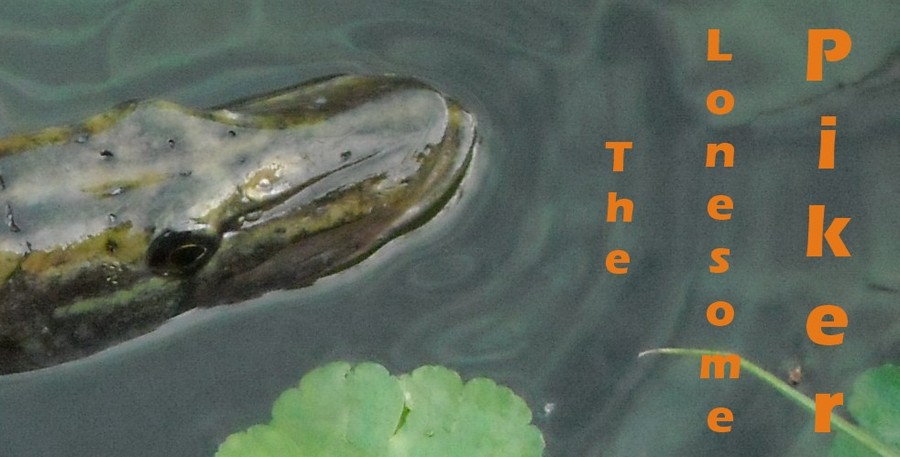Actually, I wanted to post a picture of a pike with a ‘rattle redhead’ in its mouth in reply to David (Romanillos) his last comment, but that didn’t work out the way I wanted. I went fishing this afternoon and I did hook a pike with it, and as he was ready to be landed… you know, sliding trough the water on his side, with the fly hanging out of his mouth, I though, yes! This will be a great picture! But of course, while I was reaching for my camera, the pike most have known my intension and decided to stay anonymous. He came half out of the water, and shook his head one last time… and disappeared into the deep again.
But I don’t care, I had a great time outdoors, I hooked a pike on a new fly, and was able to take a good look at it. For me, that’s a good day!
However, maybe I can still make this post a little more interesting.
This is a situation which most of you will recognize. If you don’t, that can mean only two things. One, there are no barb wire fences where you live. Or two, you never fish.
Now, when you disentangle this mess, every wire trace will look like a cork screw.
I’ve tried all kinds of wire traces (steel, Teflon,…), and they all kink (yes all of them).
This is how the trace looked like after disentangling it… as good as new!
I know this stuff is more expensive than other wire traces, but its durability is far more superior. In fact, I only change it when I start to doubt my swivels. And even then, I often just cut of the swivel and replace it with an other one on the same piece of titanium trace (until it gets to short of course). So by my calculations, in the long term, this stuff comes cheaper then any other wire trace!
This is the brand I use, but I’m sure there are a lot of other brands out there that are equally good.
I also filmed the action of a couple of flies, so some video tutorials are coming up soon…


















































